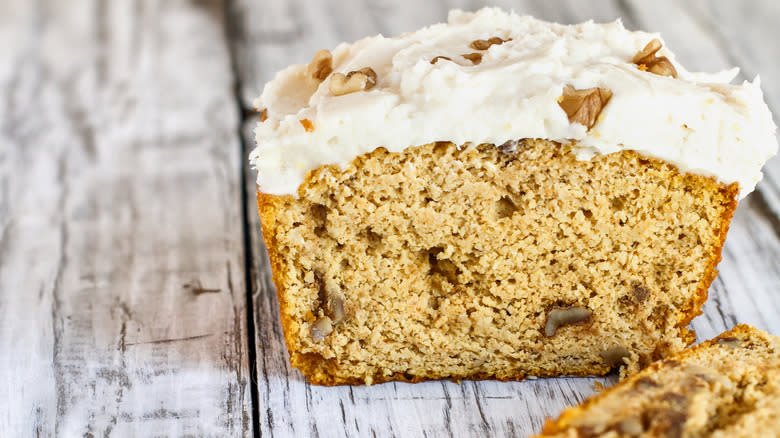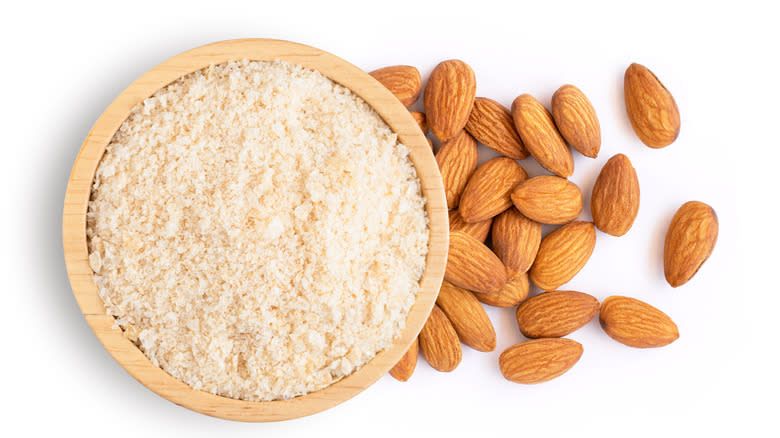Be Careful Not To Overmix When Baking With Almond Flour

Almond flour, the darling of gluten-free and low-carb baking, is celebrated for its ability to create moist, delicious treats. However, this magical ingredient can be finicky, leading to dry, crumbly results. However, mastering the art of gentle mixing with almond flour is essential for producing moist, tender, and delightful baked goods. Let's explore why almond flour demands a gentle hand and discover the key to knowing when to stop mixing almond flour-based baked goods.
Almond flour is finely ground almonds with their skins removed. It's incredibly absorbent, thanks to its high-fat content, and it lacks the gluten that provides structure in traditional wheat flour. These qualities make almond flour ideal for moist and tender baked goods but also pose a challenge when it comes to mixing. When almond flour is overmixed, its absorbent nature can become a pitfall. The more you mix, the more the fat in the almond flour is released and absorbed, resulting in a dry, crumbly texture in your baked goods.
Read more: 30 Types Of Cake, Explained
Know When To Stop Mixing

When incorporating almond flour into your recipes, adopt a less-is-more mentality. Start by gently folding the ingredients together with a spatula or wooden spoon. Avoid using a powerful mixer if possible. Take your time to mix the ingredients. Gradually incorporate the wet and dry components, ensuring they are well combined without overdoing it. Remember, the goal when baking with almond flour is to achieve a delicate balance. You want to combine the ingredients enough to create a cohesive mixture without overmixing and drying out your creation.
Pay attention to the texture of your batter or dough. It should be smooth and cohesive without any visible pockets of dry almond flour. Almond flour tends to clump when it absorbs moisture, so watch for the formation of small lumps as you mix. This is a sign that you're approaching the right consistency. Baking with almond flour may require some trial and error. As you gain experience, you'll develop an intuitive sense of when to stop mixing based on the texture and appearance of your batter. So embrace the challenges of almond flour, take your time, and savor the sweet rewards of mastering this delicate ingredient.
Read the original article on Tasting Table.

